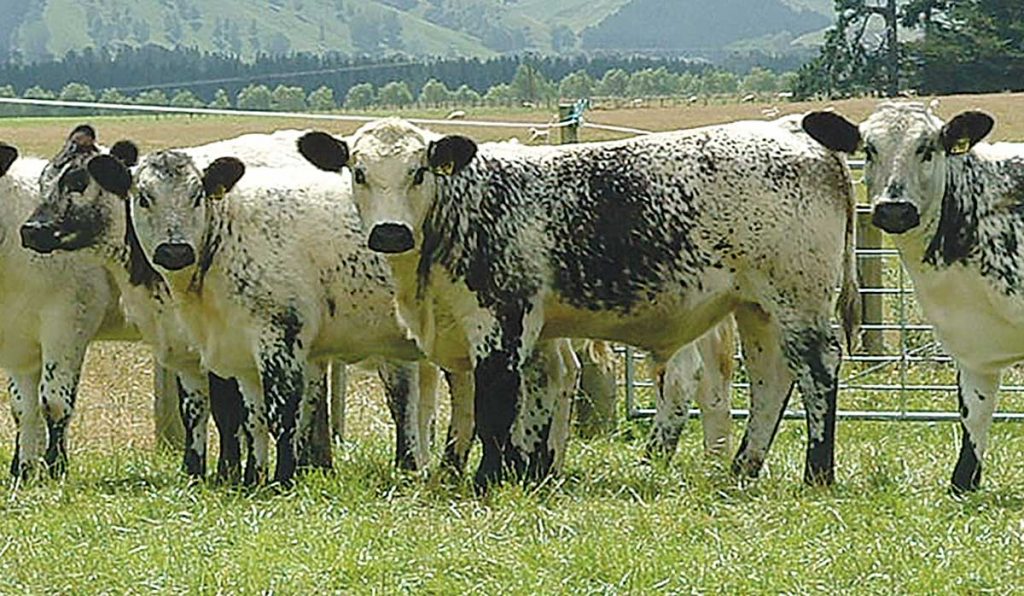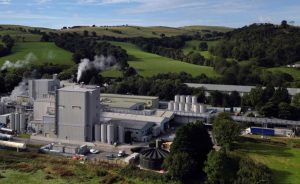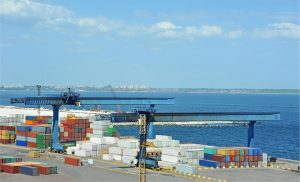NEW Zealand dairy farmers who felt the worst impact of last season’s drought are recovering well thanks to a relatively kind winter.
From all accounts, calving has gone smoothly and most farms have good pasture covers, setting them up well for spring.
But despite those positives, farmers will need this season to be as close to perfect as possible if they are to fully recover from the drought.
The event caused most to burn through any remaining supplementary feed reserves, and therein lies the problem.
The well-documented struggles of worker shortages in the agricultural contracting industry could see fewer maize and other summer feed crops in the ground this spring.
It could also mean a fall in grass silage baled and stored for after Christmas.
There will be no surprises if orders of palm kernel or other imported supplementary feeds jump as farmers look to make up the shortfall. The big question mark will, however, be if there are feed shortages this season, which could be a disaster if farmers have another drought like last season.
Weather-wise, farmers will need a good spring followed by an as normal summer as possible.
The other piece of this equation is of course the dairy payout. At the very least it needs to stay in its current $5.90-$6.90kg MS range.
The three consecutive falls in August – 0.7%, 5.1% and 1.7% – of the Global Dairy Trade (GDT) fortnightly auctions could start to put pressure on Fonterra when it updates its forecast in September.
In the latest auction on August 19, average prices were at $3004 per tonne, whole milk powder prices fell 2.2% to US $2936/t, AMF fell 2.9% to US$3873/t, LAC was back 3.3% to US$1303/t and SMP lifted 1.1% to US$2608/t.
There has been some indication from some of the banks that it may lead to reviews of its payout forecast.
ASB senior economist Chris Tennet-Brown said in the bank’s Commodities Weekly publication: “If the softness we have seen at the last two auctions continues over the coming auctions, our $6.75kg MS milk price forecast for the 2020-21 season will need to be reviewed.”
He said they did still see milk prices tracking in the top half of Fonterra’s $5.90-$6.90/kg range.
US-based Rabobank research dairy analyst Thomas Bailey said the trading event showed the dairy market is in a period of high uncertainty and volatility.
He illustrated this with the example of US spot cheese prices, which had seen a 100% increase followed by a 40% decline since April.
“This level of extreme volatility may be behind us at this stage, but it is a reminder of the magnitude of volatility we have seen this year, and higher than normal market volatility is expected for months to come,” Bailey said.
The bank will be reviewing its $5.95/kg/MS in September.
NZX were more positive, lifting their forecast two cents to $6.66kg MS.
While this is contrary to the overall 1.7% decrease at the GDT event, the increases in prices – namely futures contracts – have outweighed any decreases, it said.
Westpac senior agri-economist Nathan Penny said the result compounded the fall at the previous auction.
“Over the two auctions this month, WMP prices have slipped 9.5%, while overall prices have fallen nearly 7%. Prices are back below their pre-covid levels after having wiped those price losses over July,” he said.
The price fall came as countries came to terms with renewed outbreaks of covid-19.
As a result, dairy markets have acted on this renewed risk and have pushed prices lower, he said.
Prices though were still consistent with the bank’s $6.50kg MS forecast despite the auction results, however Penny said the cumulative fall through August means prices have a little less wriggle room than previously.
But like Bailey, he said there was still a high degree of uncertainty about how the season could play out and what impact covid-19 will have.
“On this basis, we recommend that farmers approach the season with eyes wide open and continue to closely follow dairy market developments,” he said.
It will mean that the results of the next GDT could determine whether Fonterra holds or revises its forecast this month and give an indication how the season will pan out.
For now, although it’s still very early days into this season, farmers will have to plan for the worst and hope for the best and hope they get that perfect season.













